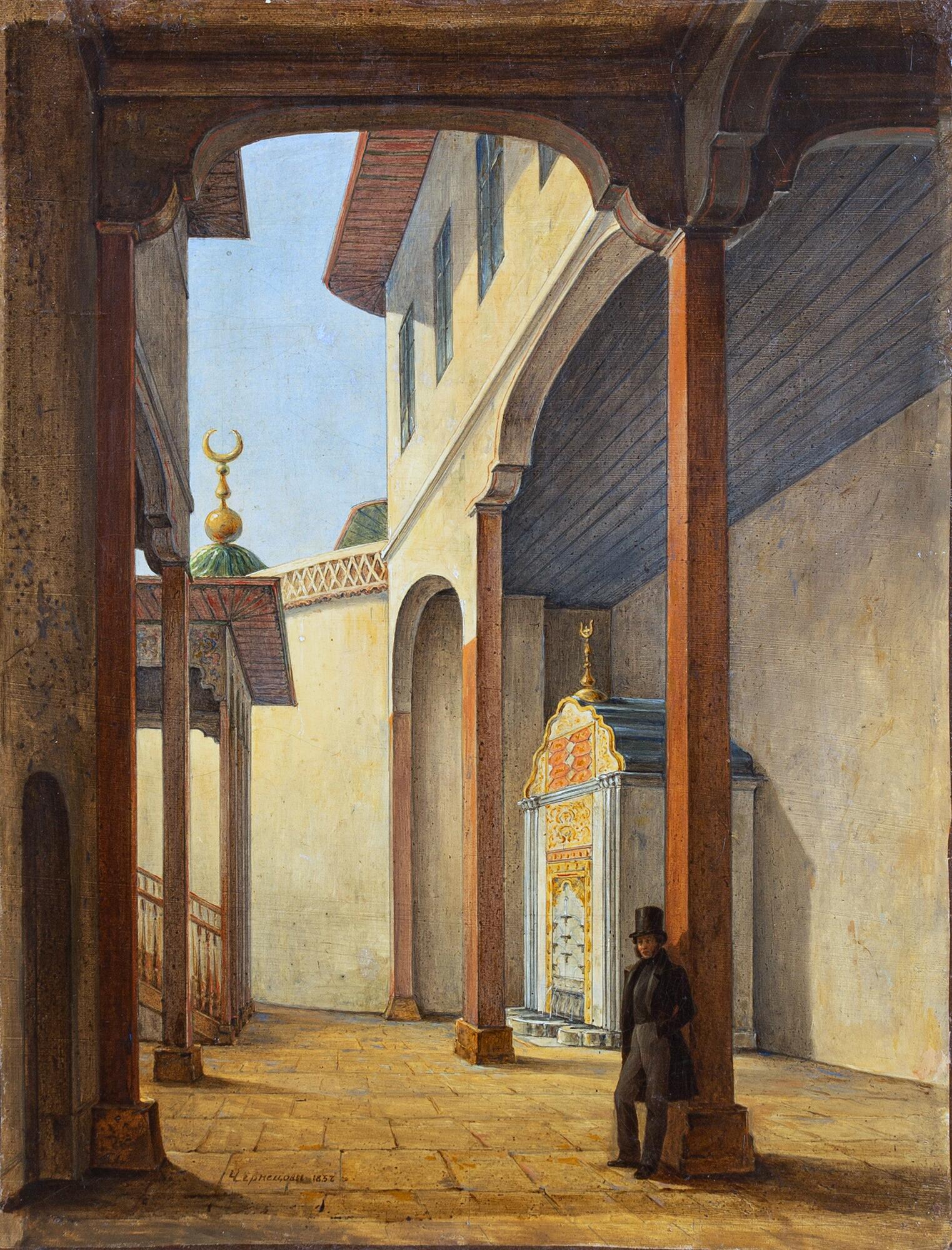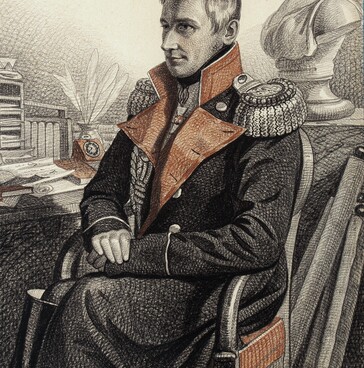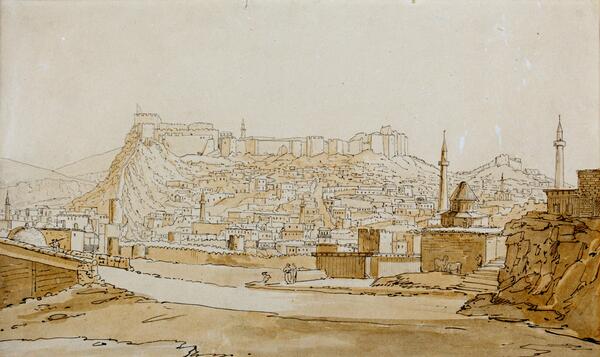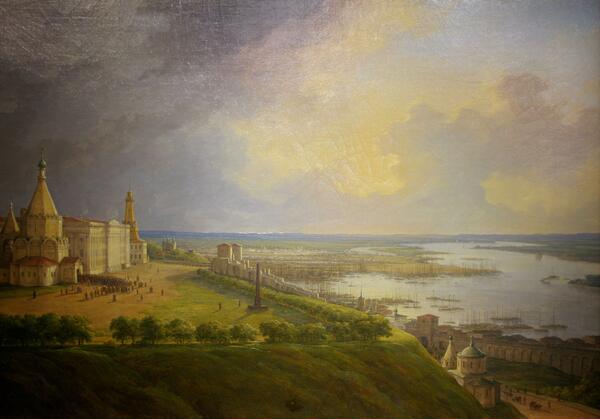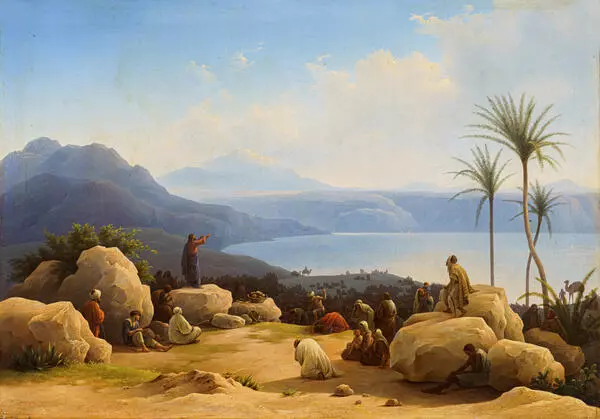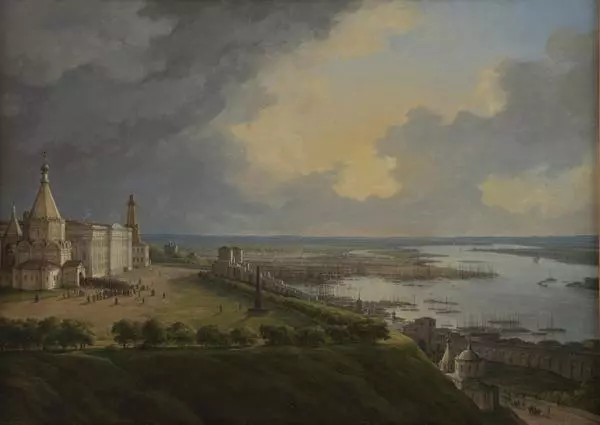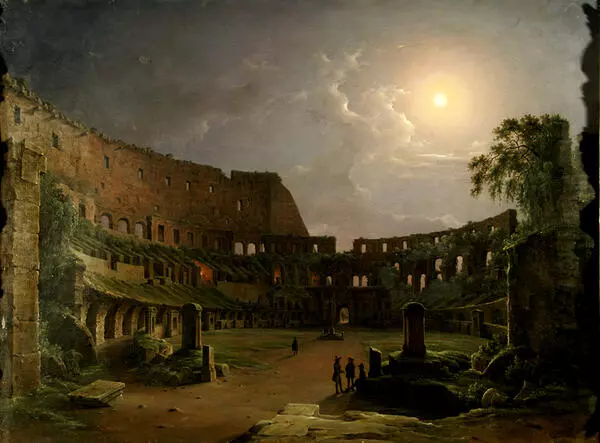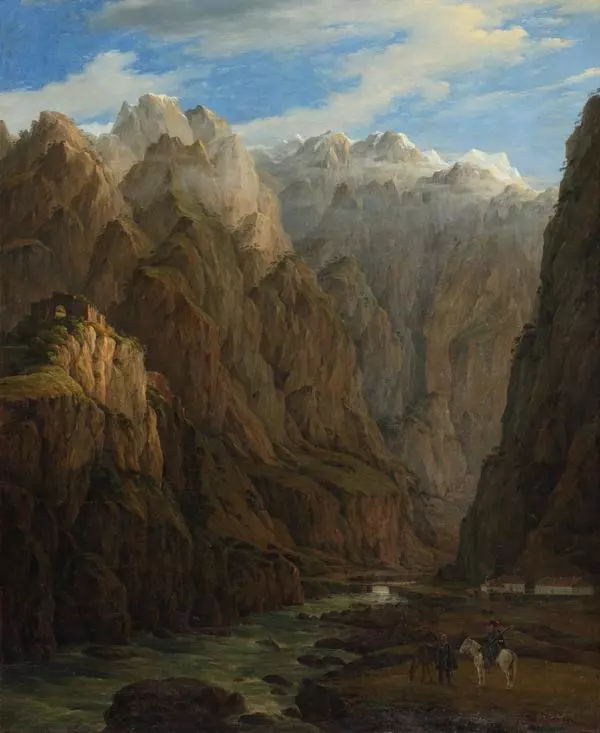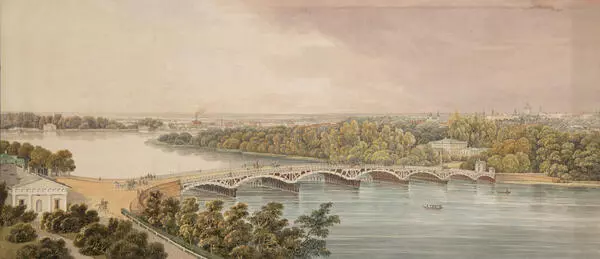For three weeks in the middle of August 1820, Alexander Pushkin traveled around Crimea together with the family of General Nikolay Raevsky. They visited Kerch, Feodosia, Hurzuf, as well as Bakhchysarai, the former capital of the Crimean Khanate, which, despite the destruction, retained some oriental features.
The Khan’s Palace stood out with its bright roof and thin high towers on the main street of Bakhchysarai. It was built in the mid-18th century on the site of a different palace, which had burned down during the Russo-Turkish War in 1736. The last khan, Shahin Khan Girai, moved the capital to Caffa. From that moment the palace began to deteriorate and decay. After Russia’s 1787 annexation of the Crimean Khanate, the palace was restored and renovated, significantly enhancing its “oriental” feel.
In the early 19th century, the Khan’s
Palace was used as a place for notable travelers. Fireplaces were set up for
convenience almost everywhere. The rooms where the most distinguished guests
stayed were decorated in a European style. In the others, there were low sofas
embroidered in silver and gold thread and tables with mother-of-pearl inlay.
Alexander Pushkin and the Raevskys also spent the night in the palace. The poet
examined it quite closely, including the harem building adjacent to the palace
which consisted of over 70 rooms, gazebos, and baths, as well as the mausoleum
of the khan’s beloved wife, who died in 1764, and the “fountain of tears”
erected in her memory. Initially, the fountain was located in the mausoleum and
only in 1787 it was moved to the courtyard. Pushkin heard an old legend about
the captured beauty Maria Potocka, who conquered the khan’s heart, back in St.
Petersburg. In a letter to A. Delvig, he reported, “I have heard before about the strange monument of Khan’s love. K** poetically described it to me.” In reality, it was not as poetic:
